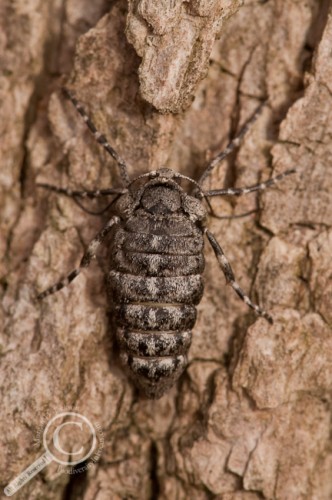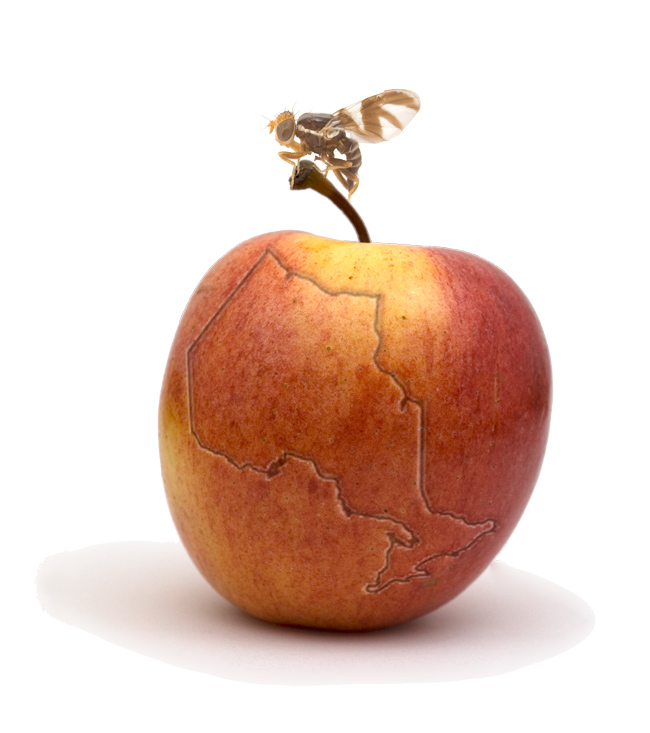This week saw the publication of one of the broadest identification aids yet in the Canadian Journal of Arthropod Identification; A Matrix Key to Families, Subfamilies and Tribes of Lepidoptera of Canada by Jason Dombroskie.
Arguably the most popular insects, butterflies, skippers and large, showy moths have had many a field guide written about them, and are generally easy to identify simply by comparison to photographs. However, the large majority of Lepidoptera are small, obscure and have traditionally been difficult to identify. By using simplified characters (including morpho-metric ratios), Jason has created an open-ended, user-friendly matrix key which aims to streamline the identification of even the most minuscule moths. Each subfamily/tribe covered includes a representative photo, notes on biology and taxonomy, and citations for further information.
The key is designed to be used in the lab with a dissecting microscope, but I decided to see how it worked for identifying photos. Using my only 2 photos of Lepidoptera from Canada (I’m not a fan of leps, what can I say), I ran them through the key to get a feel for how the matrix worked. First up was the photo of a female Fall Cankerworm (Alsophila pometaria; Geometridae) pictured above; wingless and not very moth-looking, I thought it’d be an easy ID. I thought wrong. After going through every character included in the key which I could confidently see in my series of photos, I was left with 4 possible tribes in 3 different families (one of which was correct). Unfortunately a photo of a wingless female wasn’t the representative for the taxon page, so I was unable to confidently assign an identification via this key; a shame considering how conspicuous this large, wingless moth is! My second attempt was with a photo of a European Skipper (Thymelicus lineola; Hesperiidae), and again I was stymied by a multitude of possible end taxa. While I have no doubt that this key will be invaluable for identifying micro-moths under a microscope, I’ll be sticking to traditional field guides if I happen to photograph other lepidopteran megafauna.
It’s also important to note that the key is run in a third-party program (XID), which is currently Windows-exclusive (although I hear there is an Android app in the works…). So if you’re a Mac user, you’ll need to borrow someone’s PC to identify your moths!
Despite some compatibility issues and my ineptitude with Lepidoptera, this is another extremely valuable paper which will certainly make the identifications of those tiny Tineidae and other micro-moths a much simpler task!
![]() Dombroskie, J. (2011). A Matrix Key to Families, Subfamilies and Tribes of Lepidoptera of Canada Canadian Journal of Arthropod Identification, 17 DOI: 10.3752/cjai.2011.17 OPEN ACCESS
Dombroskie, J. (2011). A Matrix Key to Families, Subfamilies and Tribes of Lepidoptera of Canada Canadian Journal of Arthropod Identification, 17 DOI: 10.3752/cjai.2011.17 OPEN ACCESS


